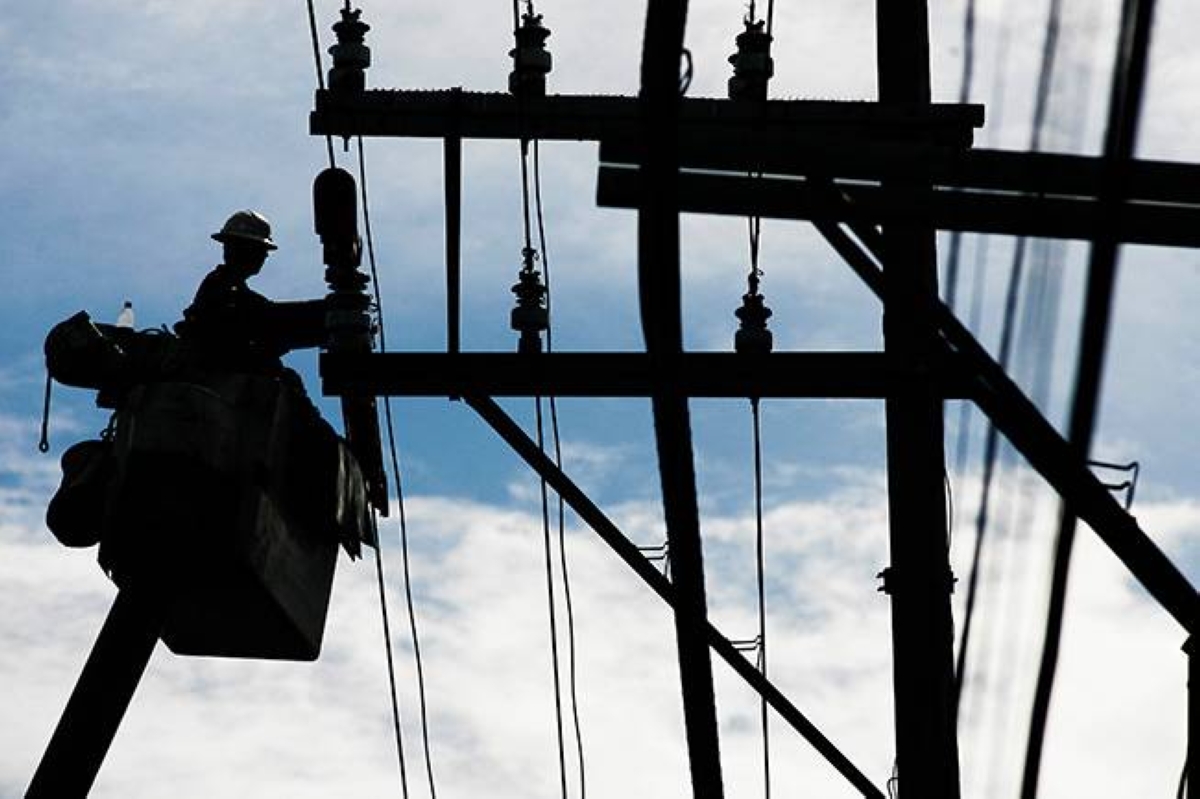The Department of Energy (DoE) has reassured the public that the country will have sufficient power supply even if the El Niño phenomenon extends until the first half of 2024. DoE Assistant Secretary Mario Marasigan stated in a recent briefing that there is currently no shortage of electricity, despite the potential duration of El Niño. Marasigan emphasized that although electricity consumption is increasing, the actual demand is lower than projected by 550-600 megawatts.
However, the DoE acknowledges the possibility of unforeseen events leading to a power shortage. To address this concern, the department is implementing energy-saving and conservation measures as a precautionary measure. Marasigan also highlighted that the DoE conducts daily and weekly monitoring of the electric power industry to ensure a stable supply.
One of the challenges posed by El Niño is the potential decrease in generation from hydropower plants due to reduced rainfall. Marasigan explained that the department is simulating different scenarios to determine the impact on power supply. Additionally, power generation facilities are being prepared to handle the situation, with preventive maintenance and repair activities postponed during the El Niño period.
While the DoE is ready to take mitigating measures and necessary actions in case of a supply shortage, Marasigan emphasized that El Niño is a slow emergency, allowing for adequate preparation. The public is encouraged to participate in the agency’s conservation initiatives, not only to sustain the electricity supply but also to save money.
El Niño’s impact on hydroelectric power generation is a significant concern. The climate pattern, characterized by the unusual warming of the ocean surface in the eastern Pacific Ocean, can lead to decreased rainfall. To address this, the Department of Social Welfare and Development (DSWD) is collaborating with the Department of Agriculture (DA) and the United Nations World Food Program (UN-WFP) on the pilot implementation of Project LAWA (Local Adaptation to Water Access) in selected municipalities across the country.
Project LAWA, launched on August 31, aims to provide a sustainable solution and proactive intervention to address the challenges faced by poor communities during severe droughts, ultimately mitigating the threat of water scarcity. DSWD Secretary Rexlon “Rex” Gatchalian highlighted the commitment to strengthening communities against El Niño’s challenges through timely and strategic responses. The project focuses on constructing small agricultural reservoirs in chosen communities to provide water during droughts or dry spells.
Each reservoir measures 20 by 25 square meters, with a maximum depth of 50 feet. The reservoirs are strategically situated to ensure water supply to communities in need. The initial phase of Project LAWA was implemented in Aguinaldo, Alfonso, and Hungduan in Ifugao province (Luzon); Sebaste, Barbaza, and Sibalom in Antique province (Visayas); and Laak, Monkayo, and Montevista in Compostela Valley province (Mindanao).
In conclusion, the Department of Energy is confident in the country’s ability to maintain a sufficient power supply despite the potential extension of the El Niño phenomenon. The DoE’s proactive measures, such as energy-saving initiatives and monitoring of the electric power industry, aim to ensure stability. Additionally, the collaboration between the DSWD, DA, and UN-WFP through Project LAWA demonstrates the government’s commitment to addressing the challenges posed by El Niño and mitigating the impact on vulnerable communities. By working together and implementing sustainable solutions, the country can navigate through the effects of El Niño while ensuring the well-being of its citizens.







